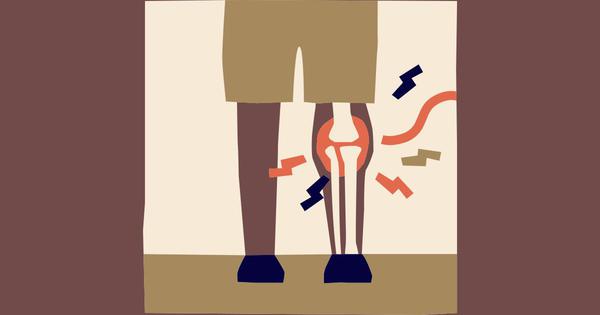Growing popularity of cosmetic limb-lengthening surgeries poses significant health risks to patients in India.
In India, there has been a noticeable increase in the number of individuals opting for limb-lengthening surgeries as a means to achieve greater height. Originally designed to address severe orthopaedic issues, this procedure has now shifted towards a cosmetic trend, reflecting a changing cultural attitude towards height. While some may view this surgery as a straightforward solution for gaining a few extra centimeters, the reality of the procedure is far more complex and fraught with potential complications.
Limb-lengthening surgery has its roots in the 1950s, thanks to Soviet orthopaedic surgeon Gavriil Ilizarov, who developed techniques to treat poorly healed fractures and congenital limb deformities. His groundbreaking work laid the foundation for modern practices, but the current trend of cosmetic surgeries raises ethical and medical concerns. Although the total number of patients seeking these surgeries remains relatively low, the growing demand is evident. Specialist clinics across the United States, Europe, India, and South Korea report an increase in requests, with procedures often costing tens of thousands of pounds. Alarmingly, in some private clinics, the cosmetic cases have begun to outnumber those deemed medically necessary.
The procedure itself begins with surgeons making an incision in the bone, typically the femur or tibia. Care is taken to preserve the bone’s blood supply and the periosteum, the layer of soft tissue covering the bone, to facilitate healthy bone growth. Traditionally, after the bone is cut, a bulky external frame would be attached, which required daily adjustments to gradually pull the bone segments apart. However, advancements have led to the use of telescopic rods that can be adjusted using magnetic controls from outside the body, reducing some risks associated with external frames, although they come with their own set of challenges and higher costs.
The process is slow and meticulous, as the device is adjusted to separate the cut ends by approximately one millimeter each day. This careful separation encourages the body to generate new bone through a process called osteogenesis, while the surrounding muscles, tendons, and nerves stretch to accommodate the changes. Over time, patients may see a height increase of five to eight centimeters, with some aiming for a total gain of twelve to fifteen centimeters through multiple surgeries. However, the risks increase with each additional centimeter, leading to complications such as joint stiffness, nerve irritation, and chronic pain.
One of the main challenges of limb-lengthening surgery lies in the continuous disruption of the body’s natural healing processes. As the bone is pulled apart, the body’s repair mechanisms become confused, resulting in a fragile column of new bone that may not harden as expected. The procedure is not only physically demanding but also carries a psychological toll, as recovery can extend beyond a year, during which patients may face mobility restrictions and the possibility of emotional distress. Reports of regret and depression are not uncommon, particularly if the expected boost in confidence does not materialize.
As this trend toward cosmetic limb-lengthening surgeries continues to grow, it raises important questions about the implications of pursuing such invasive procedures without a medical necessity. While the benefits can be life-changing for those with genuine health concerns, the long months of pain and uncertainty for those seeking merely aesthetic improvements may not justify the risks involved.








